Increasing Focus on Biosecurity Measures
In the Swine Artificial Insemination Market, there is a growing emphasis on biosecurity measures to prevent disease transmission. The implementation of stringent biosecurity protocols is crucial for maintaining herd health and ensuring the success of artificial insemination programs. This focus on biosecurity is particularly relevant in light of past disease outbreaks that have impacted swine populations. Producers are investing in biosecure facilities and practices, which not only safeguard their herds but also enhance the overall effectiveness of artificial insemination. Consequently, this trend is likely to bolster market growth as producers seek reliable and safe breeding solutions.
Rising Demand for Sustainable Farming Practices
The Swine Artificial Insemination Market is witnessing a shift towards sustainable farming practices, driven by consumer preferences for ethically produced pork. As awareness of environmental issues grows, producers are increasingly adopting practices that minimize their ecological footprint. Artificial insemination plays a pivotal role in this transition by enabling more efficient breeding, which can lead to reduced resource consumption and waste. Furthermore, the ability to select for traits such as feed efficiency and disease resistance through artificial insemination aligns with sustainability goals. This trend is expected to propel market growth as producers adapt to changing consumer demands.
Expansion of Swine Production in Emerging Markets
The Swine Artificial Insemination Market is benefiting from the expansion of swine production in emerging markets. Countries in Asia and Latin America are experiencing increased pork consumption, leading to a rise in domestic production. As these regions seek to enhance their swine genetics and improve herd productivity, the adoption of artificial insemination techniques is becoming more widespread. This trend is supported by government initiatives aimed at modernizing agricultural practices and improving food security. Consequently, the market is likely to see significant growth opportunities as producers in these regions invest in advanced breeding technologies.
Integration of Data Analytics in Breeding Programs
The Swine Artificial Insemination Market is increasingly integrating data analytics into breeding programs to optimize reproductive outcomes. By leveraging data on genetics, health, and environmental factors, producers can make informed decisions that enhance the efficiency of artificial insemination. This data-driven approach allows for better tracking of breeding performance and identification of optimal breeding times. As the industry embraces precision agriculture, the use of data analytics is expected to become a key driver of growth in the market. Producers who adopt these technologies are likely to see improved productivity and profitability.
Technological Innovations in Swine Artificial Insemination
The Swine Artificial Insemination Market is experiencing a surge in technological innovations that enhance reproductive efficiency. Advanced techniques such as ultrasound-guided insemination and automated semen processing are becoming increasingly prevalent. These innovations not only improve conception rates but also reduce the time and labor involved in traditional breeding methods. For instance, the use of sexed semen technology allows producers to select the desired gender of piglets, thereby optimizing herd management. As a result, the market is projected to grow at a compound annual growth rate of approximately 6% over the next few years, driven by these technological advancements.


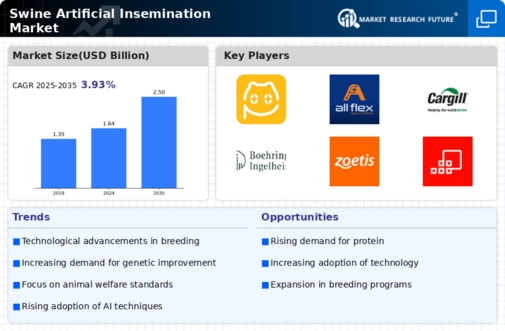

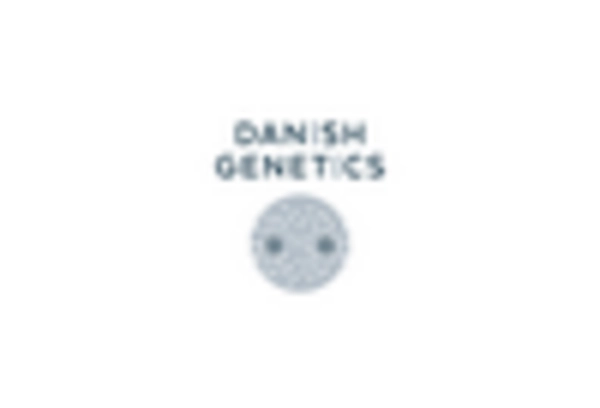
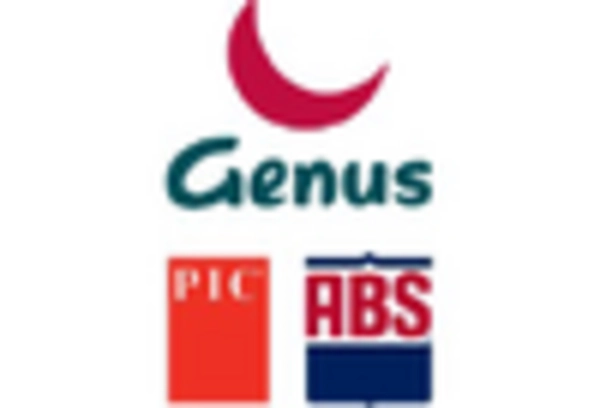

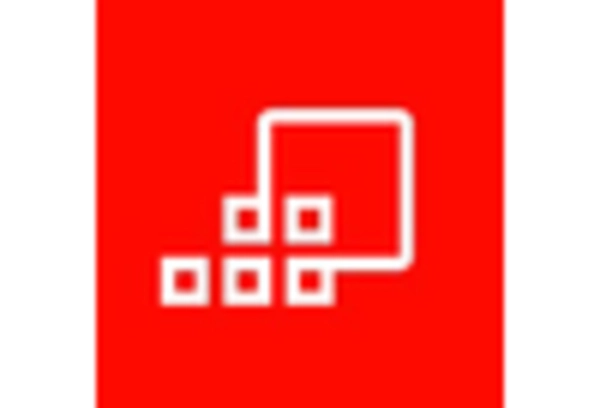
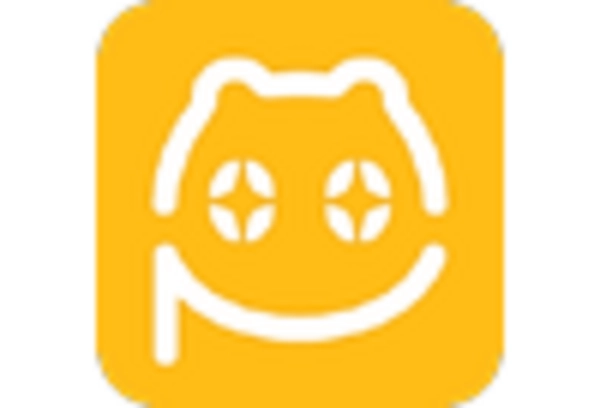









Leave a Comment